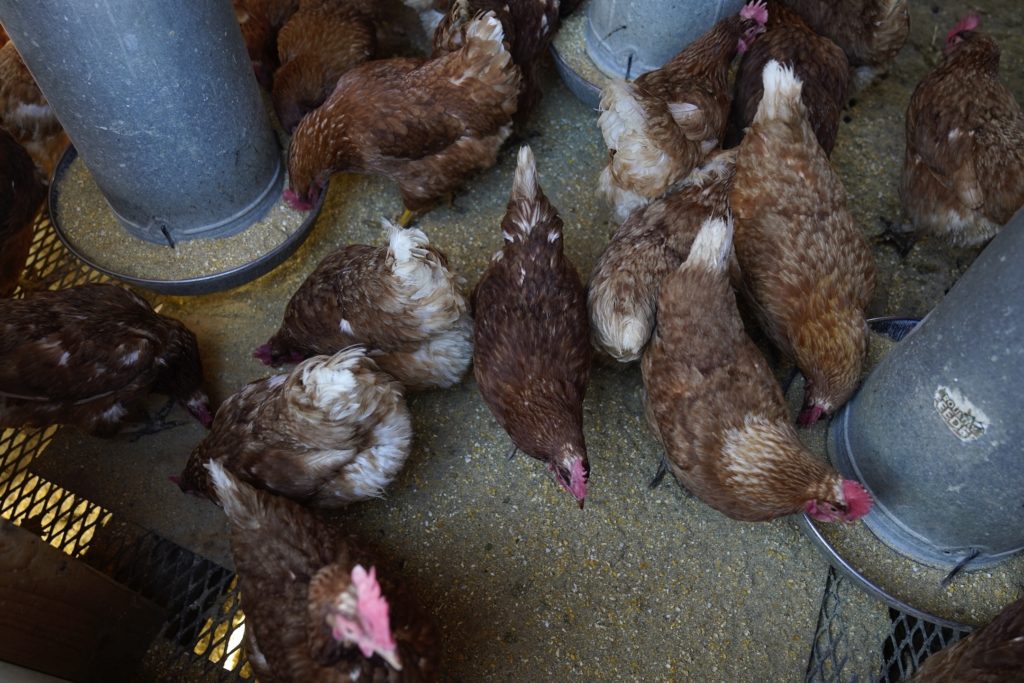
William Brangham:
Thanks, Amna.
Over the last two years, the spread of this strain, known as H5N1, has been largely limited to birds. But now two particular outbreaks, one among farmed mink in Spain and another among wild sea lions in Peru, suggests that H5N1 might now be able to spread between mammals. And that's raised concerns about the virus' potential to spread further and perhaps even make humans sick.
Scott Hensley is a professor of microbiology and an influenza researcher at the University of Pennsylvania.
Scott, thank you so much for being here.
Before we get to the mink and the sea lions, can you just remind us how bad H5N1 is among birds all over the world right now?
Scott Hensley, Penn Institute for Immunology: We have seen H5N1 circulate in birds before.
What makes this current situation unique is how widespread this particular clade of H5N1 virus is spreading. It's not a good time to be a bird today, because this virus has infected wild bird populations. And it's also infected domestic birds all across the world.
And, again, the unique thing about this particular virus is, it is getting into bird populations that we have not seen be infected historically with H5 viruses in the past.
ncG1vNJzZmivp6x7sa7SZ6arn1%2Bjsri%2Fx6isq2ejnby4e8CvoJqmXZu5tnnSramaoZ5iv6K10p6qZpufo7Cmvs2sZJqepJq%2FbrvUrZmrnZGgwG6tzKiloGWdlrqurcus